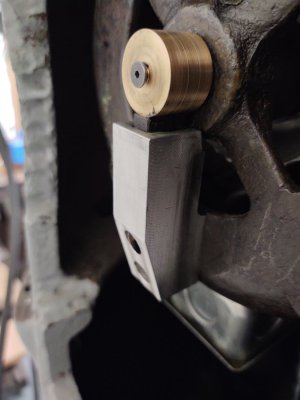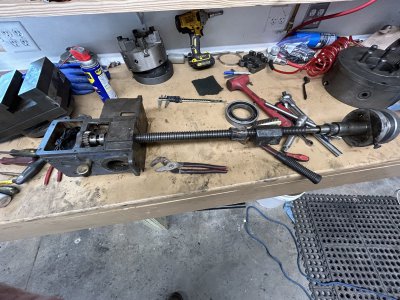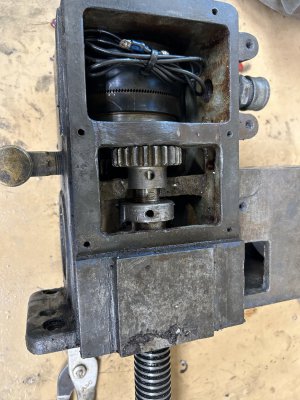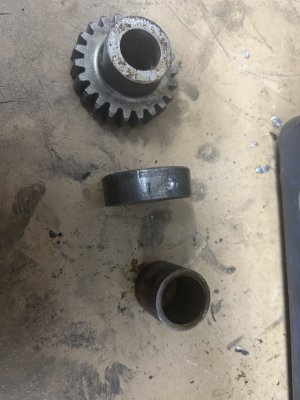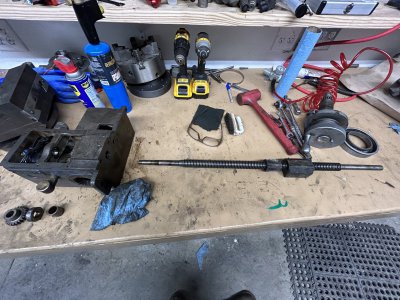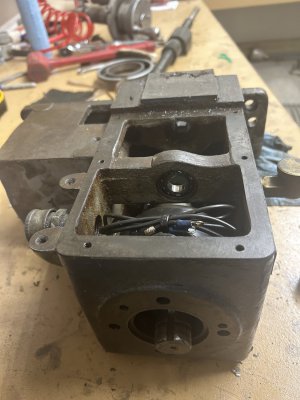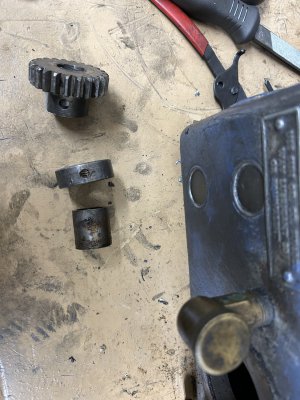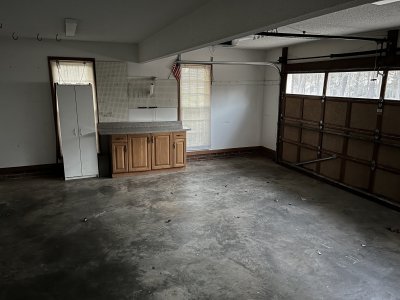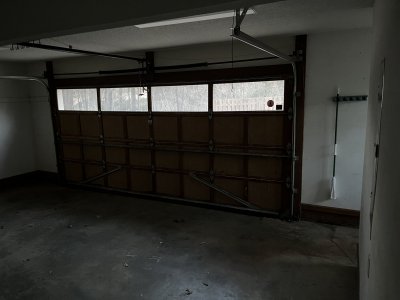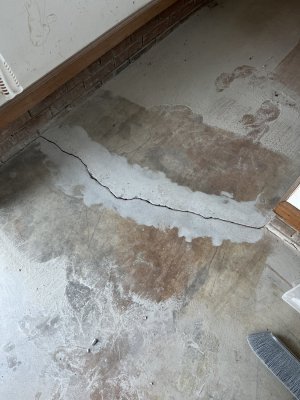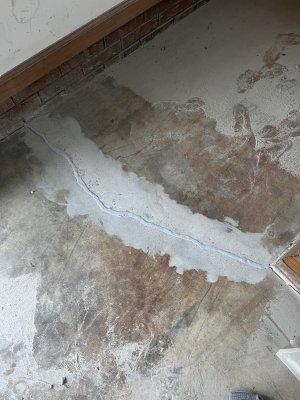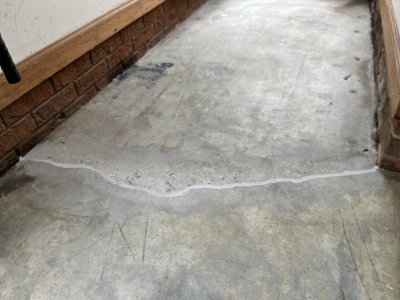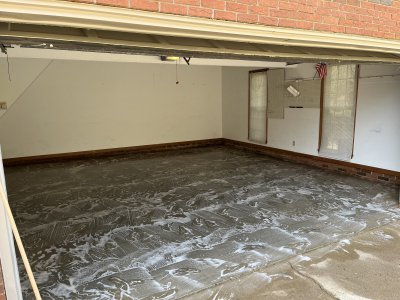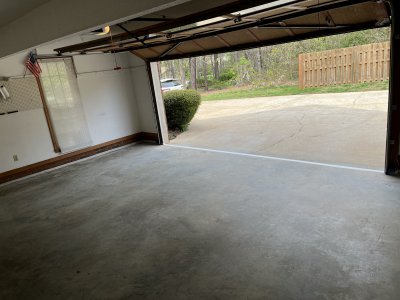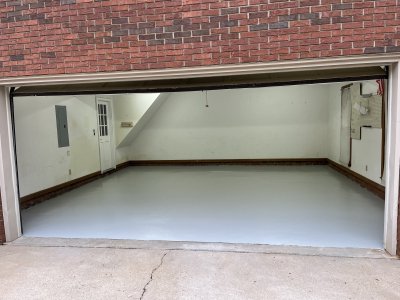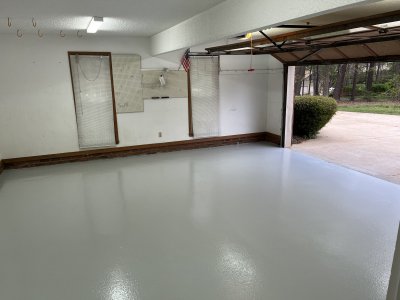- Joined
- Sep 14, 2014
- Messages
- 438
Yes. After the VFD died I just wanted something "KISS" because the 10EE and the need for the RPC was on the horizon. The 10EE, and I suspect most non-insulated bearing motors, don't play nice with a VFD. Eddy currents tend to kill the bearings. Pretty sure that's what happened to my 1950's GE 3ph 1hp motor on the Logan when I got it.SPC = Static Phase Converter???
Even with the RPC the RPM is what it is, and I figured lot's of people had done lots of decent work with the available RPM. And I simply don't hog out enough material on my Logan 10" to worry bout the HP loss. I have more trouble with oil leaking out of the pulley cone and slicking up the synthetic belt than the motor stalling.
Added benefit is it's quiet. If I really need more power I can just plug it into the RPC. The 10EE has a very primitive paddle fan that reminds users of an air raid alarm. So the added SPC noise isn't really noticed.
The 10EE is a work in progress. Been an education.


